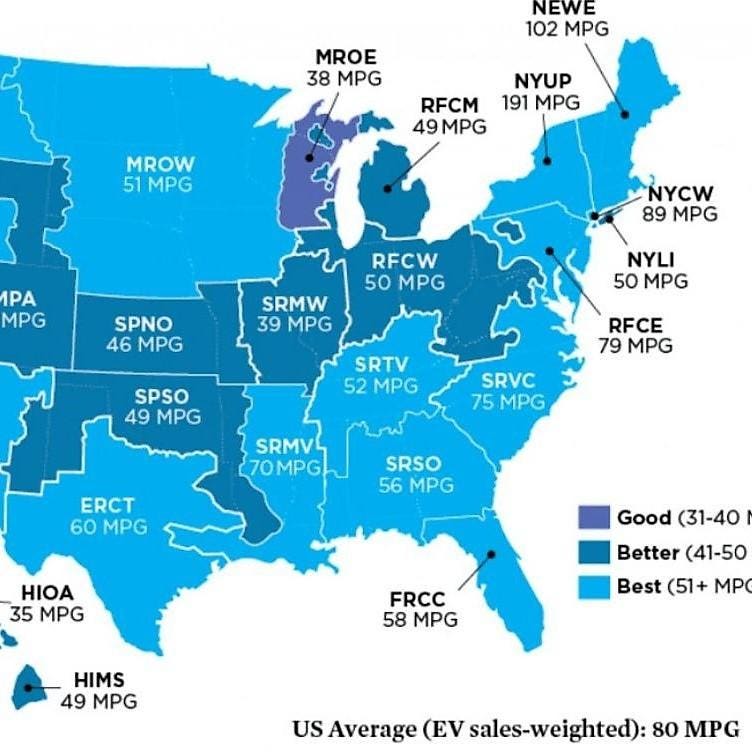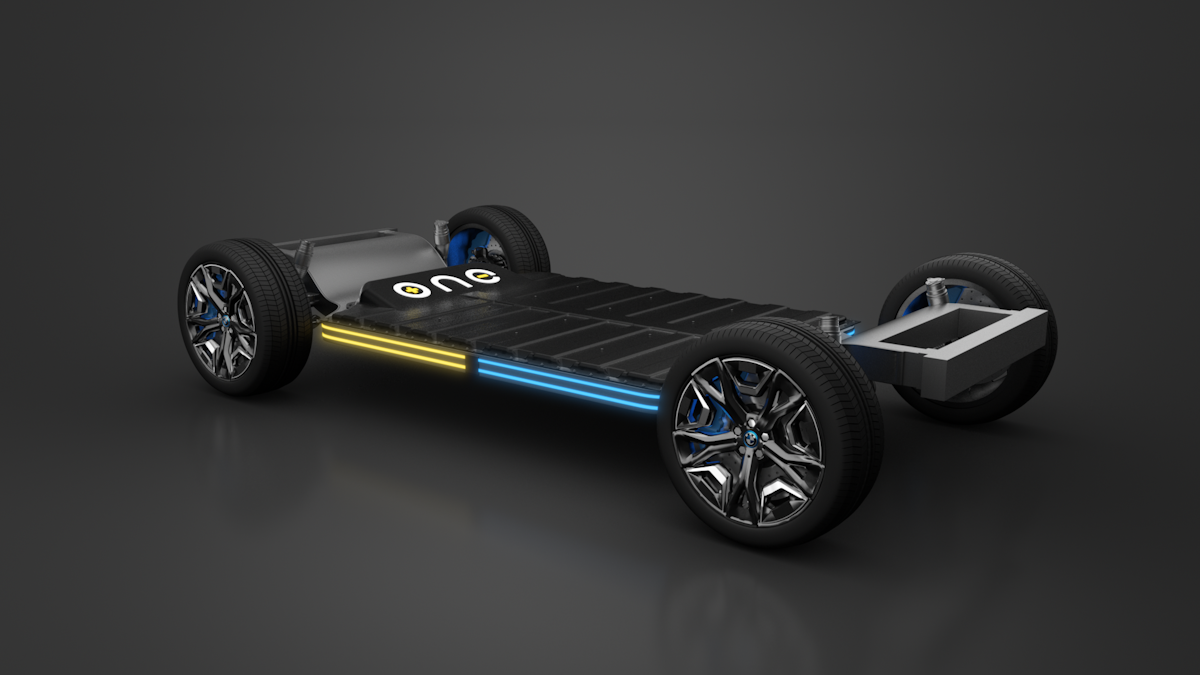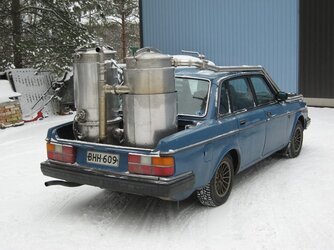In a test, Our Next Energy (ONE) put one of their battery packs in a Tesla S. It was tested on real Michigan roads in the winter. The results were exceptional - 752 miles! What this eventually means for the automotive market remains to be seen, but it is an impressive demonstration. BMW has partnered with them, so we will see what develops.
ONE is a Michigan-born energy storage company focused on battery technologies that will accelerate the adoption of EVs and expand energy storage solutions.

one.ai
Real winter roads don't have pavement showing and brown ditches
Do the same test in actual winter conditions and the numbers probably will be quite different.
Wednesday for me was get the car started at -45C at 10:00 AM warm enough to drive at 11:00 AM
drive 110 miles to the city to have my dog put to sleep,appointment at 2:00 PM at the people hospital for me get to the city at 1:30 GF drops me at the hospital and takes the dog to be put to sleep,picks me up at 3:00 we do a few stops for parts and groceries and finally leave the city at 6:00 PM drive the 110 miles back home and get the car unloaded and parked and finally turned off at 9:00PM
$57.00 gas for the day car ran continuously 23 hrs gas here is $1.549 a liter
That was a winter day,no way in hell you can do that with a Tesla.My car 2001 Pontiac Sunfire with 265,000 Km
As much as they try to push EV as the answer they are limited in their ability to truly replace the internal combustion engine in all conditions.
I am sure that at -45C you would need a couple recharges to just keep you ass warm.
No problem in the Sunfire,leave it running and heat on.never had to refill till i got home so none of my valuable time spent in the petri dish was waiting to charge my car,had i been required to recharge i would not have got home till 10-12 pm,by then my house would have been getting very cold because the wood fire would not be going.
Not to say they don't have their place in sunny California,but as a true replacement of doing everything an internal combustion powered veihical can,never.
Besides at -45C it would be getting charged by power produced by an internal combustion engine so basically there is no upside for a EV in the cold climate.








